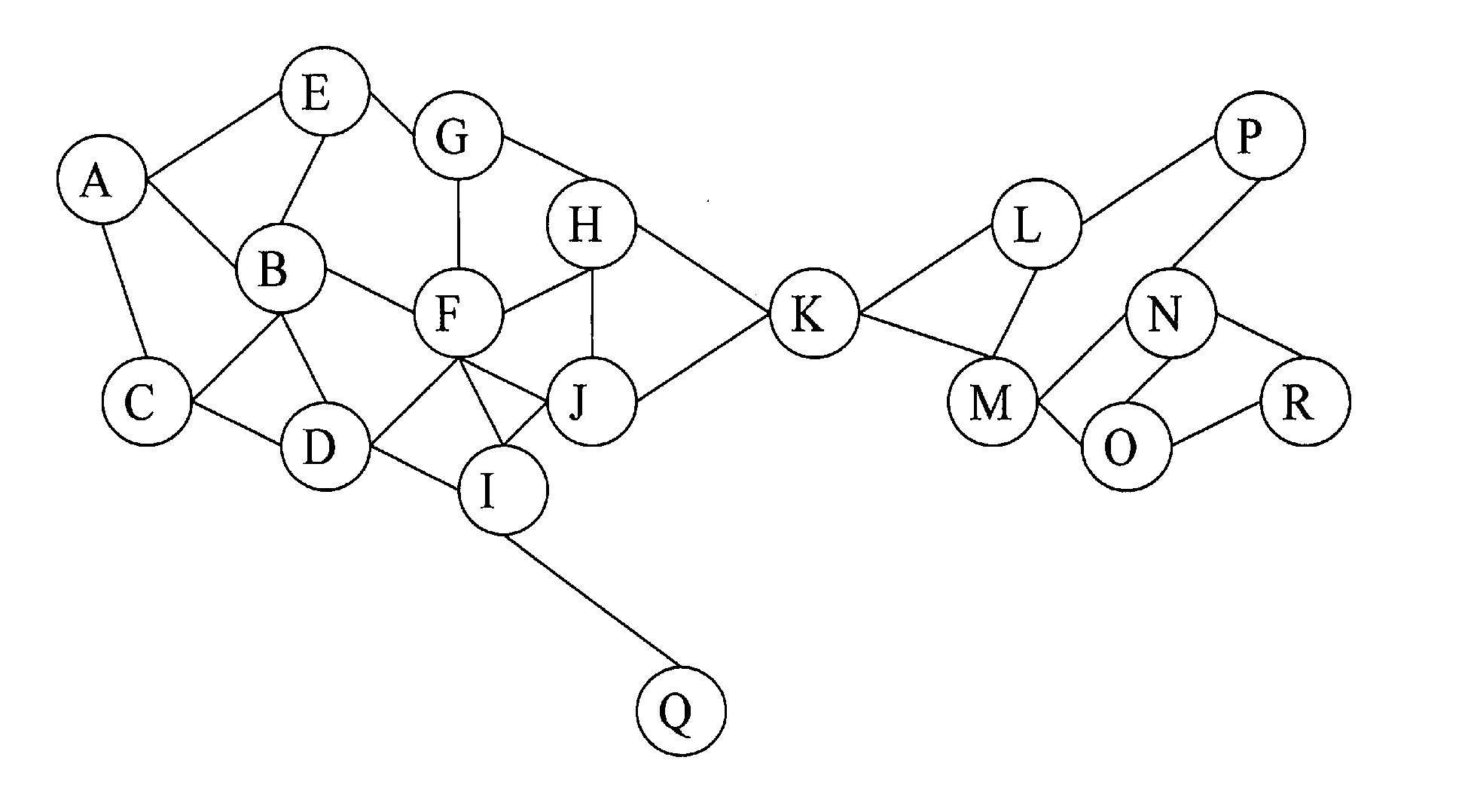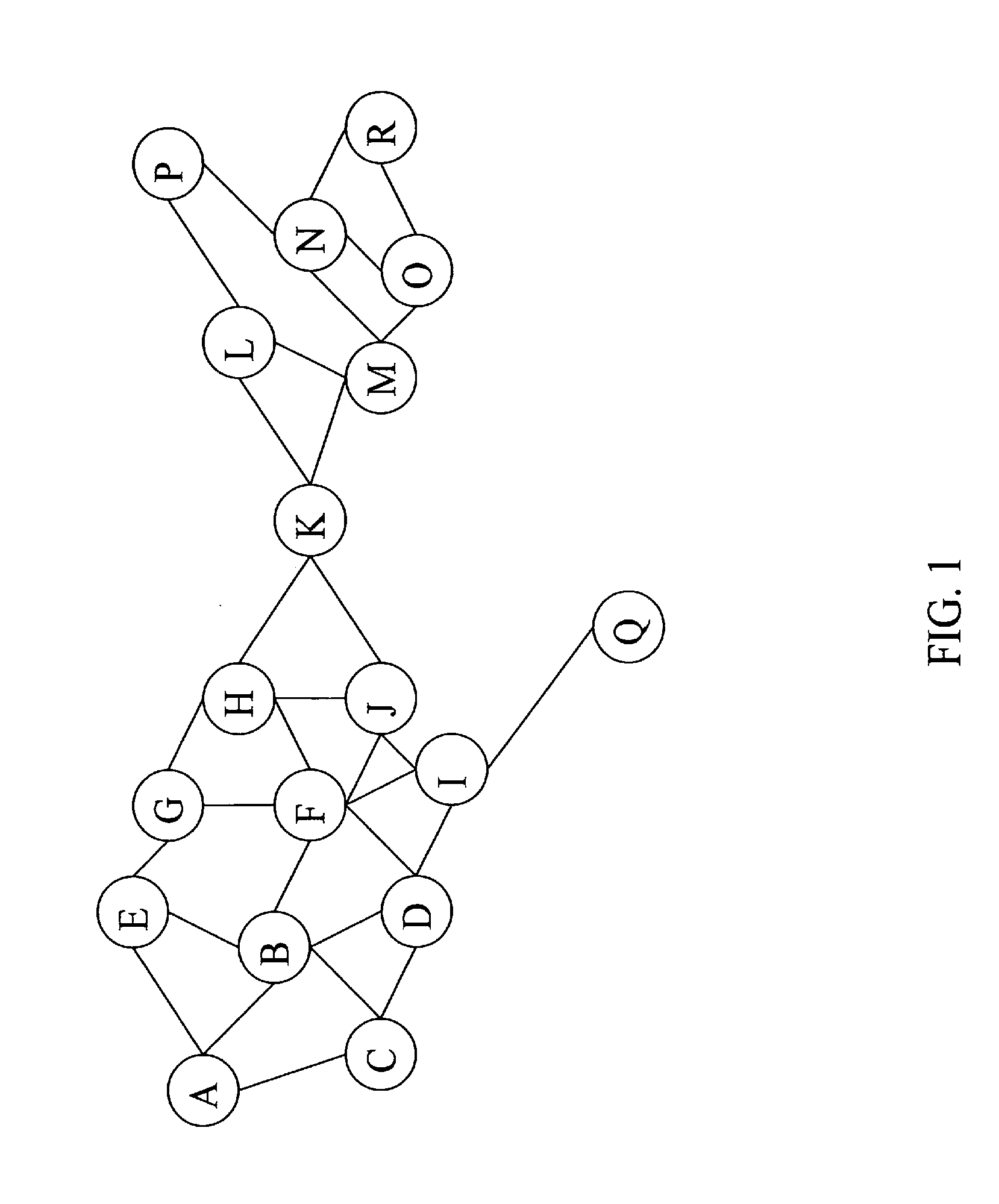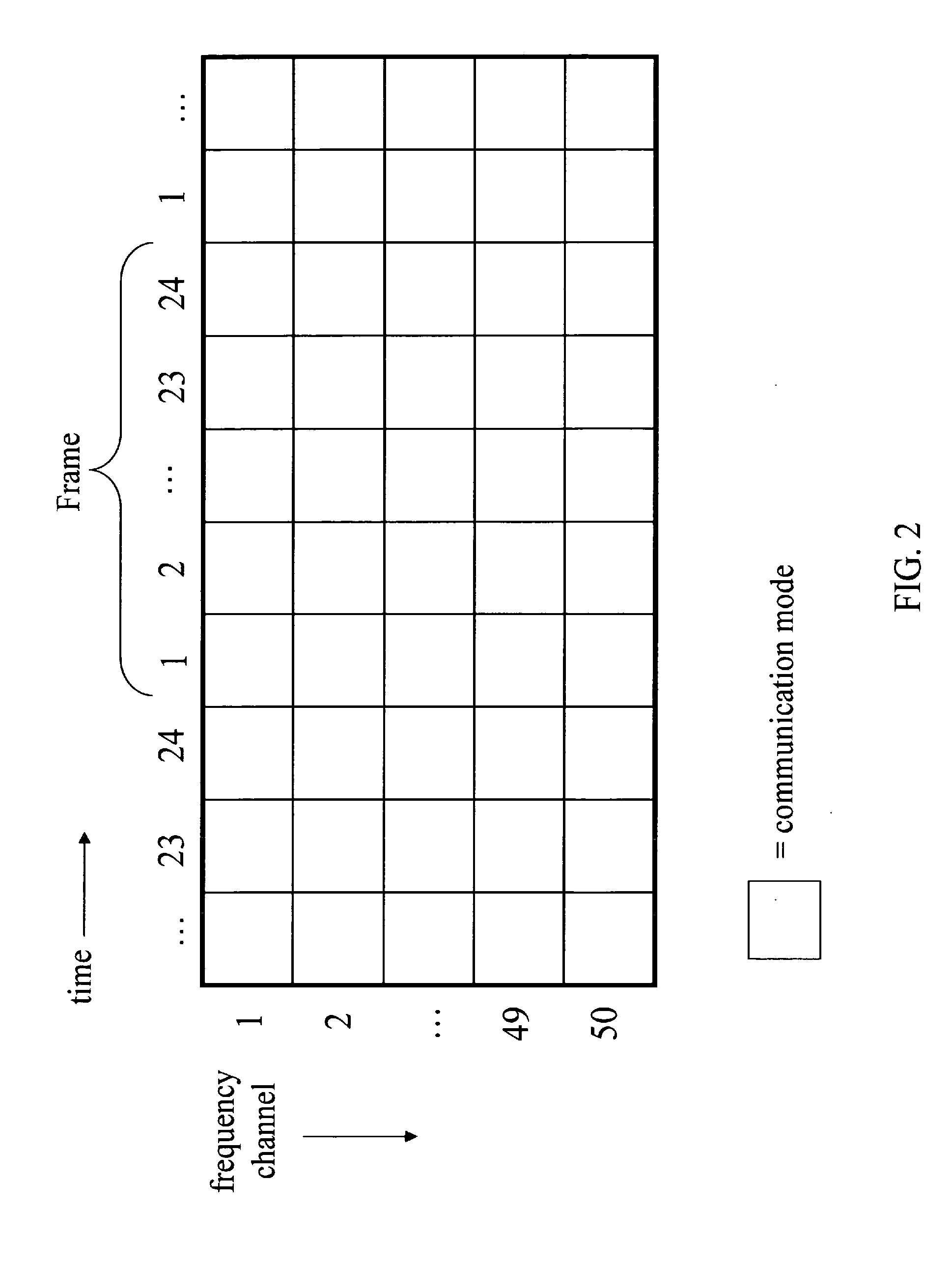Wireless Communication System and Related Methods
a wireless communication and wireless technology, applied in the field of wireless communication, can solve the problems of affecting the reliability of the original transmission, the inability of the intended recipient of the transmission to disentangle originally transmitted data, and the possibility that a particular pair of devices will use the same frequency channel/timeslot combination by chance alone,
- Summary
- Abstract
- Description
- Claims
- Application Information
AI Technical Summary
Benefits of technology
Problems solved by technology
Method used
Image
Examples
Embodiment Construction
[0031]Exemplary embodiments of the invention are described below with reference to the corresponding drawings. These embodiments are presented as teaching examples. The actual scope of the invention is defined by the claims that follow.
[0032]In general application, the present invention provides a method for coordinating communication between a plurality of wireless devices (nodes) in a wireless communication network. The network can have an arbitrary topology, but the present invention is particularly applicable to wireless mesh networks. Each of the wireless devices in the network typically comprises a radio transceiver, a processing unit, a clock, a unique device identifier (ID), a volatile memory, a non-volatile memory, and a pseudorandom sequence generator (PSG).
[0033]Adjacent devices (devices that are within direct radio communications range of each other) share a certain amount of RF bandwidth available for transmitting and receiving messages. For example, in the US, devices ...
PUM
 Login to View More
Login to View More Abstract
Description
Claims
Application Information
 Login to View More
Login to View More - R&D
- Intellectual Property
- Life Sciences
- Materials
- Tech Scout
- Unparalleled Data Quality
- Higher Quality Content
- 60% Fewer Hallucinations
Browse by: Latest US Patents, China's latest patents, Technical Efficacy Thesaurus, Application Domain, Technology Topic, Popular Technical Reports.
© 2025 PatSnap. All rights reserved.Legal|Privacy policy|Modern Slavery Act Transparency Statement|Sitemap|About US| Contact US: help@patsnap.com



